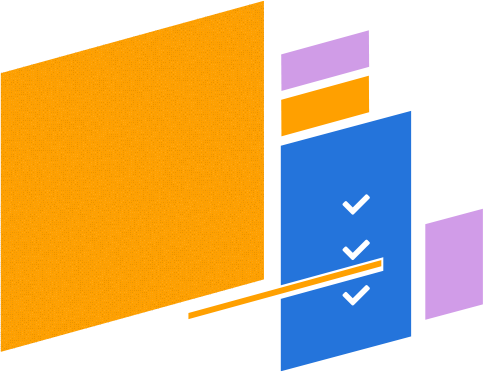SharePoint Search
Autoclassifying Content Inside and Outside of SharePoint
SharePoint includes a Managed Metadata Service (MMS, also referred to as the term store) which holds taxonomies and ontologies. MMS allows for manual tagging of content to drive findability, workflows, compliance, etc. It also includes a number of other powerful elements used in information architecture, such as content types. However, the term store is an empty container that needs to be filled in. The OOTB approach is to tag content manually.
Manual tagging proves unworkable at an enterprise scale. It becomes essential to create metadata automatically if it is to be consistent and applied to all content. Autoclassifying content is a game changer.



